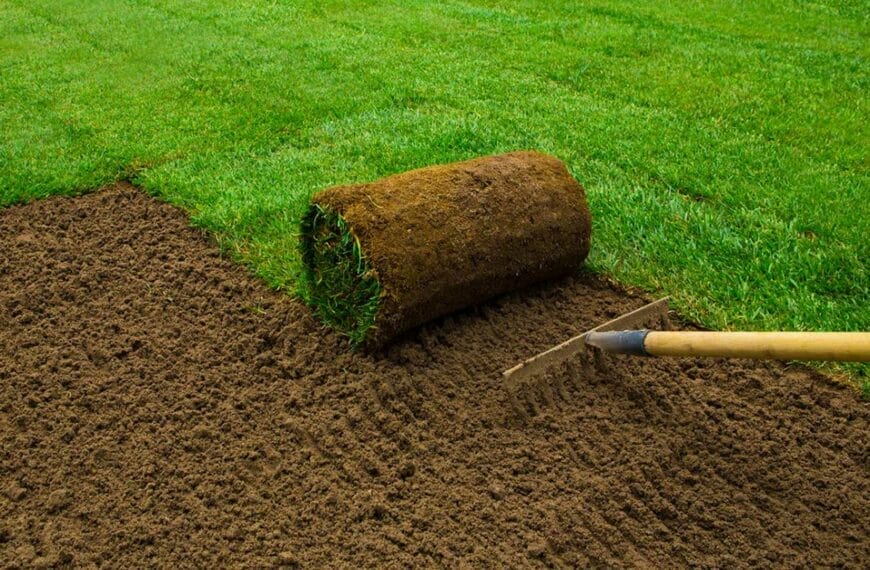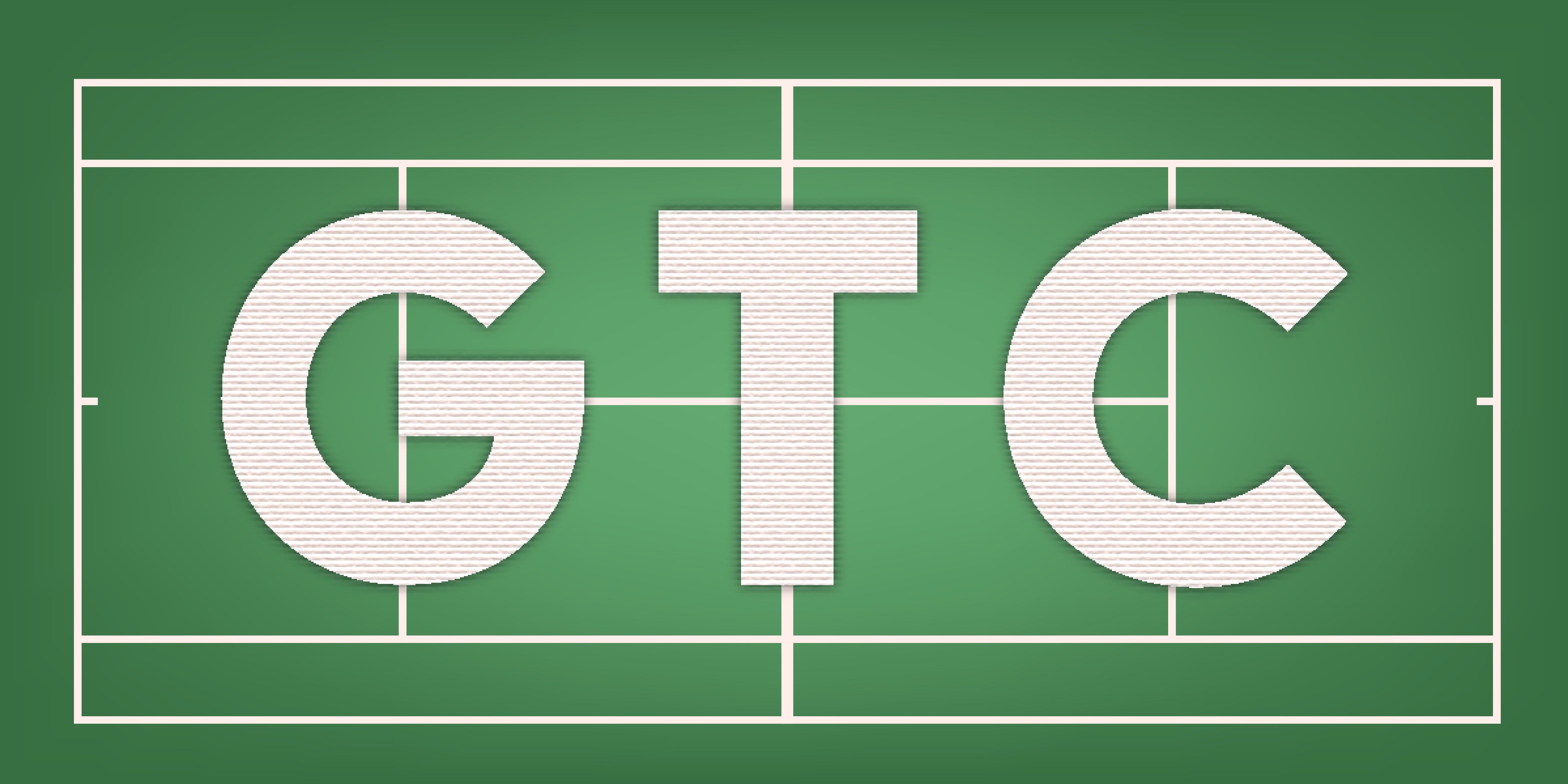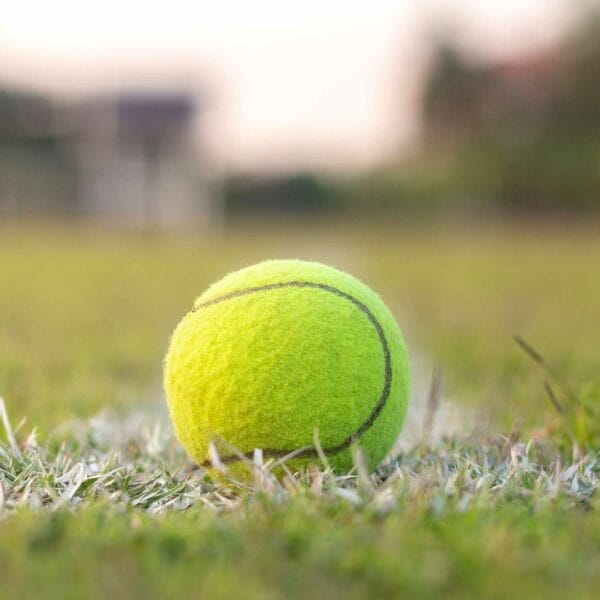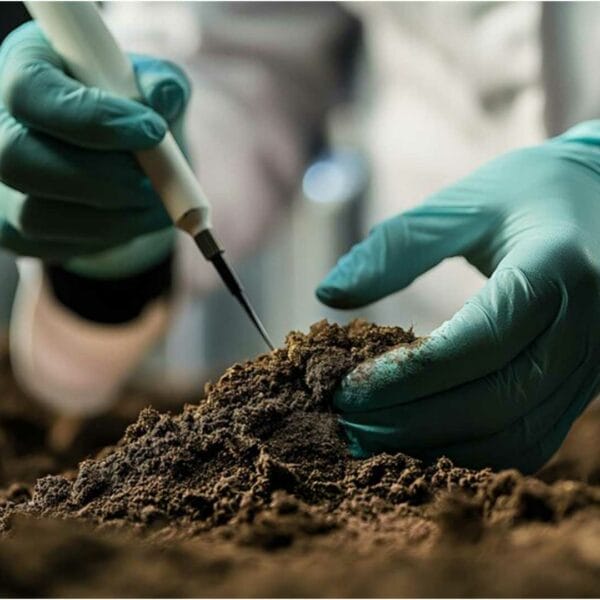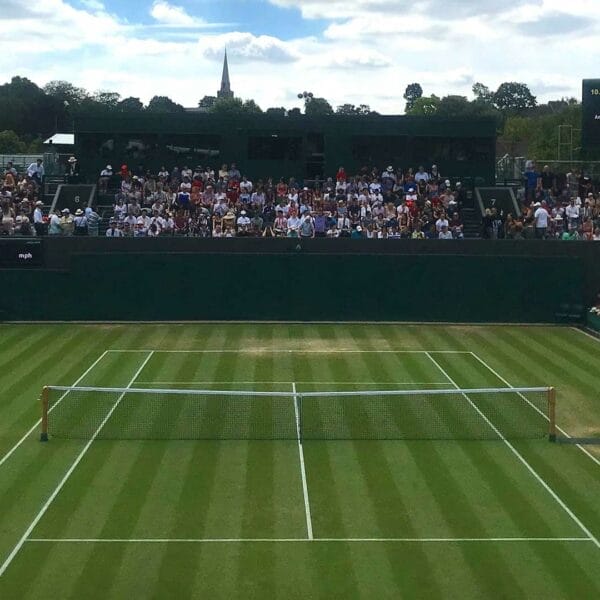When it comes to equipping a grass tennis court, the choice of fencing is not merely a functional necessity but a pivotal decision that impacts aesthetics, player experience, and maintenance. Fencing can cost between USD5,000 to 10,000.
Learn about the Best Fencing for Grass Tennis
- Discover the ideal fencing height for a grass tennis court.
- Find out the recommended materials for tennis court fencing.
- Explore different fence styles suitable for a home tennis court.
Fencing for Grass Tennis Courts
The Functional Essentials
At its core, fencing around a grass tennis court serves two primary functions: preventing tennis balls from straying too far and ensuring the safety of the players. Anyone who has had to chase a ball several yards away from the court can attest to the convenience that a well-fenced court provides. Moreover, fencing helps delineate the specific play area, which is crucial in clubs where multiple sports facilities are adjacent to each other.
Aesthetic and Environmental Considerations
Beyond functionality, fence design contributes significantly to a tennis club’s aesthetic appeal. A fence that blends seamlessly with the surroundings while maintaining the classic charm of a grass court can elevate the overall look of the facility. Furthermore, for locations prone to high winds, the right fencing can act as a windbreak, providing a more stable playing environment.
Player Experience and Safety
From a player’s perspective, the height and opacity of the fence can affect visibility and concentration. A fence too low may not adequately contain high-lobbed balls, while one that’s too opaque might create a claustrophobic feel. Additionally, the fencing material should not pose any risk of injury. Smooth finishes without sharp edges are preferred to keep accidental scrapes to a minimum.
The Best Fencing for Grass Tennis
Choosing the best fencing for a grass tennis court involves considering durability, maintenance, cost, and visual impact. Here is a deep dive into the options:
Chain Link Fencing
Chain link is a popular choice due to its durability and cost-effectiveness. It withstands adverse weather conditions and is relatively easy to repair and maintain. However, its utilitarian look might not appeal to clubs that aim for a more refined aesthetic.
Vinyl Fencing
Vinyl offers a more visually appealing alternative to chain links and comes in various styles that can mimic more expensive materials like wood. It’s also resistant to rot and moisture, making it ideal for the often damp environments of grass courts. However, vinyl can be more costly and might require periodic cleaning to maintain its appearance.
Wooden Fencing
Wooden fences provide a classic look that complements the traditional vibe of grass tennis courts. They can be painted or treated with finishes that match the clubs’ theme. While wood requires more maintenance to prevent rot and wear from the elements, it’s visual appeal and natural material make it a favourite for many historic and high-end clubs.
Wrought Iron Fencing
Wrought iron is an excellent choice for clubs that prioritize security and durability. Its robust construction ensures a long lifespan, and its design can range from minimalistic to ornate, depending on the club’s architectural style. The primary downsides are its higher cost and the potential need for rust management.
Composite Materials
Emerging as a modern alternative, composite fencing combines the best properties of wood and synthetic materials. It offers the aesthetic appeal of wood without extensive maintenance. Composites are also eco-friendly, often made from recycled materials.
Sourcing the Right Materials and Suppliers
Local vs. Global Sourcing
When it comes to purchasing fencing materials, there are both local and global suppliers. For clubs in the UK, companies like Jacksons Fencing offer a range of options specifically designed for sports facilities, ensuring compliance with local safety standards. Internationally, manufacturers like Tenax in the USA and Betafence in Belgium provide high-quality fencing solutions that can be shipped globally.
Choosing Quality Over Cost
While it might be tempting to opt for the least expensive option, investing in high-quality fencing from reputable suppliers can reduce long-term costs associated with repairs and replacements. Additionally, premium fences enhance the overall value and appeal of the tennis facility.
Fence Styles for Your Home
Not limited to clubs, homeowners with enough space to host a personal grass tennis court also need to consider fencing. Here, the choice might lean more towards aesthetics and personal taste:
Privacy Fences
Privacy fences are popular in residential areas. They provide seclusion and create a more intimate playing space. Materials like wood or composite can offer both privacy and a decorative touch.
Open-Design Fences
If the goal is not seclusion but merely to demarcate the playing area and keep balls contained, open-design fences like chain link or wrought iron can be more suitable. They keep the court visible from the rest of the property, integrating it into the landscape.
Custom Designs
Many homeowners opt for custom-designed fences that reflect personal style and complement the homes architecture. Customization can include varying the height, integrating decorative elements, or choosing unique materials that blend with other outdoor features.
Conclusion
The choice of fencing for a grass tennis court, whether in a club setting or a private home, influences not just the functionality and safety of the facility but also its aesthetic appeal and integration with its surroundings. A well-chosen fence can enhance the joy and satisfaction of the game. Opting for quality materials and thoughtful design pays off in the long run, both in durability and in the continued enjoyment of the sport.
Questions
Who should consider installing a chain-link fence for a grass tennis court?
Tennis players who prioritize durability and cost-effectiveness opt for chain-link fences.
What makes a vinyl fence a good choice for a grass tennis court?
Vinyl fences are low maintenance, durable, and offer a sleek appearance for tennis courts.
How can a wooden fence enhance the aesthetic of a grass tennis court?
Wooden fences add a natural and classic look that complements the greenery of a tennis court.
Which fencing material offers the best balance of durability and aesthetics?
Aluminum fencing is known for its combination of durability, low maintenance, and stylish appearance.
How can I ensure that the fencing doesn’t obstruct the view of the tennis court?
Opt for transparent materials like glass or mesh fences to maintain the visibility of the court.
If my grass court has uneven terrain, can I still install a fence?
Yes, adjustable fencing options like mesh or wire fences can be adapted to fit uneven terrains.



